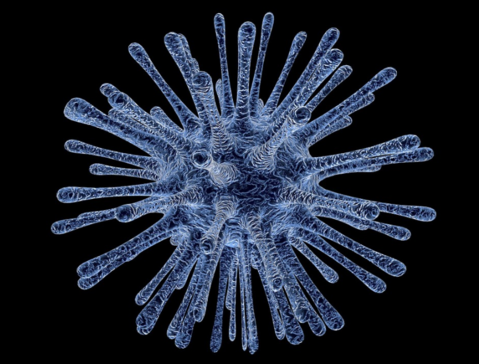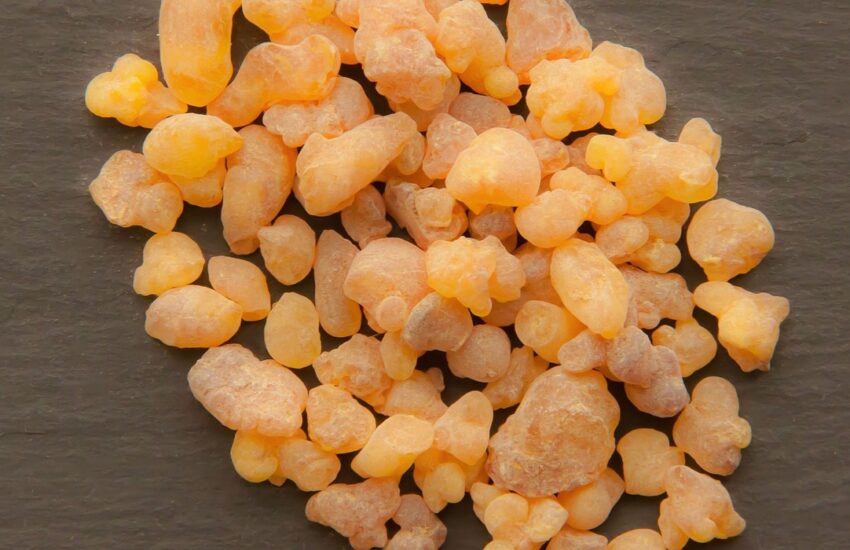We Might Have Found Out What Triggers This Awful Disease
A revolutionary study may have discovered what causes Crohn’s disease, which is one of the most debilitating digestive issues medical professionals deal with continuously.
Evidence supports the theory that something living inside of Crohn’s sufferers is causing their tremendous pain and irregular bowel activity.
As you likely know, trillions and trillions of live bacteria, viruses, and other organisms live inside our bodies.
Many of these organisms simply exist and don’t affect us one way or another.
Some of them are actually quite helpful to our health (i.e. probiotics, which help promote stomach health). However, some are responsible for diseases that can harm or kill you.
While most people know bacteria live inside us, most people don’t know fungi do.
It turns out a certain strain of fungi – a strain of toxic fungi at that – might be the microorganism that create some of the most aggravating conditions known to man.
Scientific researchers from Case Western Reserve University believe this toxic fungi living inside of the body might be what causes Crohn’s sufferers’ inflammatory bowel disease.
It’s believed the presence of these fungi work together with harmful bacteria to produce the many symptoms associated with the disease.
Surprisingly, these fungi do this while simultaneously derailing the effectiveness of good bacteria that live in the gut.
Researchers diagnosed this possible cause by studying the fungal and bacterial profiles of people known to have Crohn’s disease.
They took samples of their stool and analyzed the fungal remnants living in it; then, they compared these to stool samples of people who didn’t have Crohn’s. Results from this study showed, “E. coli, S. marcescens, and C. tropicalis (this is a toxic fungi) were present in much higher levels inside those with Crohn’s compared to those without it.”
The researchers also noticed these microorganisms created something called “biofilm.”
Biofilm is a collection of damaging organisms that create a thin, viscous slime which eventually coat the inside of the intestines.
It’s believed this biofilm works to create the constellation of symptoms most Crohn’s patients suffer from. These include “abdominal pain, chronic diarrhea, inexplicable weight loss, and chronic fatigue.”
Surprisingly, the medical community has known about this biofilm and its damage to the gut for some time.
However, it wasn’t until the discovery of such high amounts of the toxic fungus in the stool of the Crohn’s sufferers that the connection was finally made.
As one of the researchers, Dr. Mahmoud A. Ghannoum, Ph.D, commented:
“We already know that bacteria, in addition to genetic and dietary factors, play a major role in causing Crohn’s disease…Essentially, patients with Crohn’s have abnormal immune responses to these bacteria, which inhabit the intestines of all people. While most researchers focus their investigations on these bacteria, few have examined the role of fungi, which are also present in everyone’s intestines.”
“Among hundreds of bacterial and fungal species inhabiting the intestines, it is telling that the three we identified were so highly correlated in Crohn’s patients. Furthermore, we found strong similarities in what may be called the ‘gut profiles’ of the Crohn’s-affected families, which were strikingly different from the Crohn’s-free families … Further research is needed to be even more specific in identifying precipitators and contributors of Crohn’s.”
The discovery of this fungi means people with Crohn’s might have some promising treatments available to them in the future.
Talk soon,
Dr. Wiggy
www.HealthAsItOughtToBe.com


